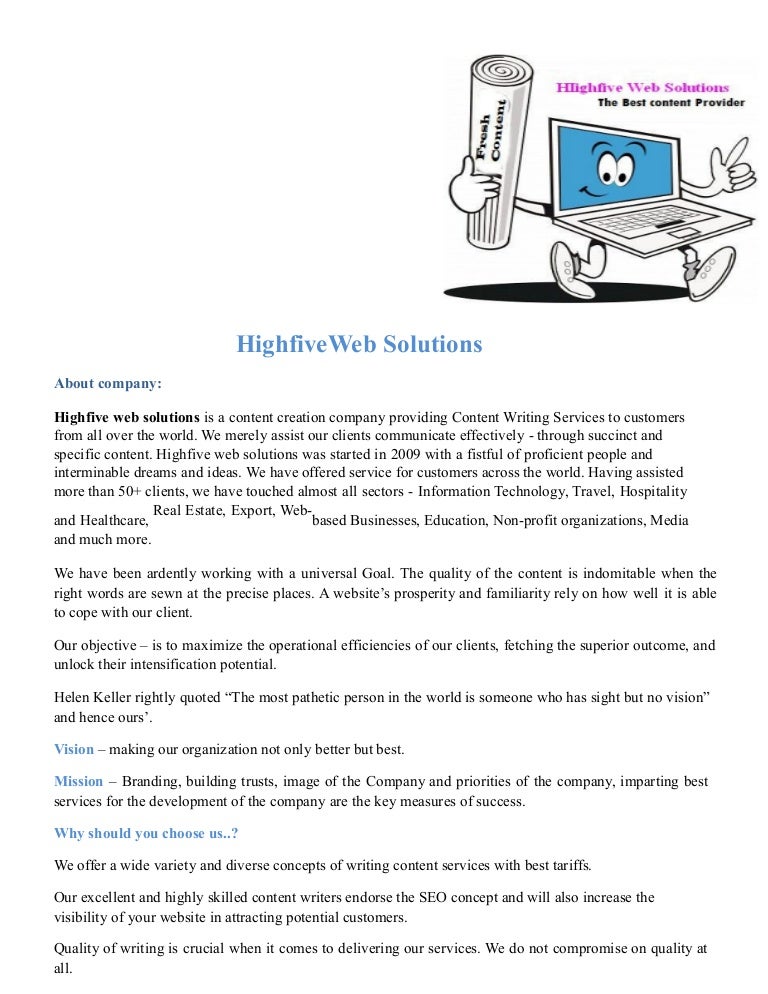
Participants met one of two eligibility criteria for weight: (1) BMI in the obese range (95th percentile or higher) or (2) BMI in the overweight range (85th to 94th percentile) with at least one overweight parent (BMI of 25 kg/m 2 or higher). Study participants were children, aged 2.0-6.9 years, who received their pediatric care through the group practice between August 2006 and October 2008. Office visits for families in the usual care condition included baseline and annual well-child care visits. This typically included well-child care visits and follow-up appointments for weight checks with the child's assigned pediatrician or a subspecialist (for example, a nutritionist).

The five office practices assigned to usual care provided whatever standard of care was offered by their pediatric practice. A computerized routine randomly assigned one office practice in each pair to the intervention and one to the usual care control condition. Study practices were prepared for stratified randomization by taking the four largest and six smallest offices in the group practice to form five pairs matched on racial/ethnic composition.

The study focused on effects after the intensive, first-year intervention phase of the program the second-year maintenance phase is not yet evaluated.
#Systems similar to highfive trial
Small incentives to achieve target behavior goals, such as water bottles, books, and snack containers, are also provided to families, and an electronic television monitoring device is offered to assist with the goal of reducing daily viewing time.Ī 2-year, cluster randomized controlled trial evaluated the effects of High Five For Kids on change in BMI and parent report of child's daily television and video viewing time in 10 primary care pediatric offices of a multi-site group practice in Massachusetts. Also included are printed handouts for each in-person session as well as electronic tools for self-management between in-person visits and telephone follow-up with the nurse practitioner lists of local community resources for regular physical activity and an interactive High Five For Kids website with educational materials, recipes, and other features that can be accessed from home. Participating families are encouraged to choose one or more of the six target behaviors to focus on changing, depending on what is most relevant to them. For the in-person MI sessions with nurse practitioners, there are educational modules for each of the target behaviors with printed scripts that are matched to the family's stage of readiness to change. An online toolkit includes the High Five For Kids poster for the patient waiting room, outlining the six target behaviors to encourage ongoing dialogues during well-child visits. High Five For Kids resources for the practice include enhancement of the existing electronic medical record system with tools to assist clinicians with decision support, patient tracking, follow-up, scheduling, and billing. In addition, primary care physicians use brief, MI-based, focused negotiation skills at all routine well-child visits to endorse family behavior change.

The NPs encourage parents to set and achieve the following obesity management goals for their children: (1) no more than 4 ounces of sugar-sweetened drinks daily (2) at least five servings of fruits and vegetables daily (3) fast food no more than once per week (4) at least 1 hour of active play daily (5) no more than 1 hour of television and video viewing daily and (6) no television in the room where the child sleeps. In practices implementing High Five For Kids, pediatric nurse practitioners (NPs) provide parents and their overweight children with seven MI counseling sessions (four 25-minute, in-person sessions and three 15-minute telephone sessions), which include educational modules on six behaviors associated with obesity. The intervention includes a 1-year intensive implementation phase followed by a 1-year less intensive maintenance phase. Developed for pediatric primary care offices, the intervention incorporates elements of the Chronic Care Model and the Transtheoretical Model of Behavior Change, combining practice-level restructuring and enhancements with motivational interviewing (MI) during primary care visits to educate families about obesity and help them overcome barriers to accepting healthy habits. High Five For Kids is a primary care-based childhood obesity management program for children aged 2-6 years whose body mass index (BMI) exceeds recommendations for their age and sex.


 0 kommentar(er)
0 kommentar(er)
